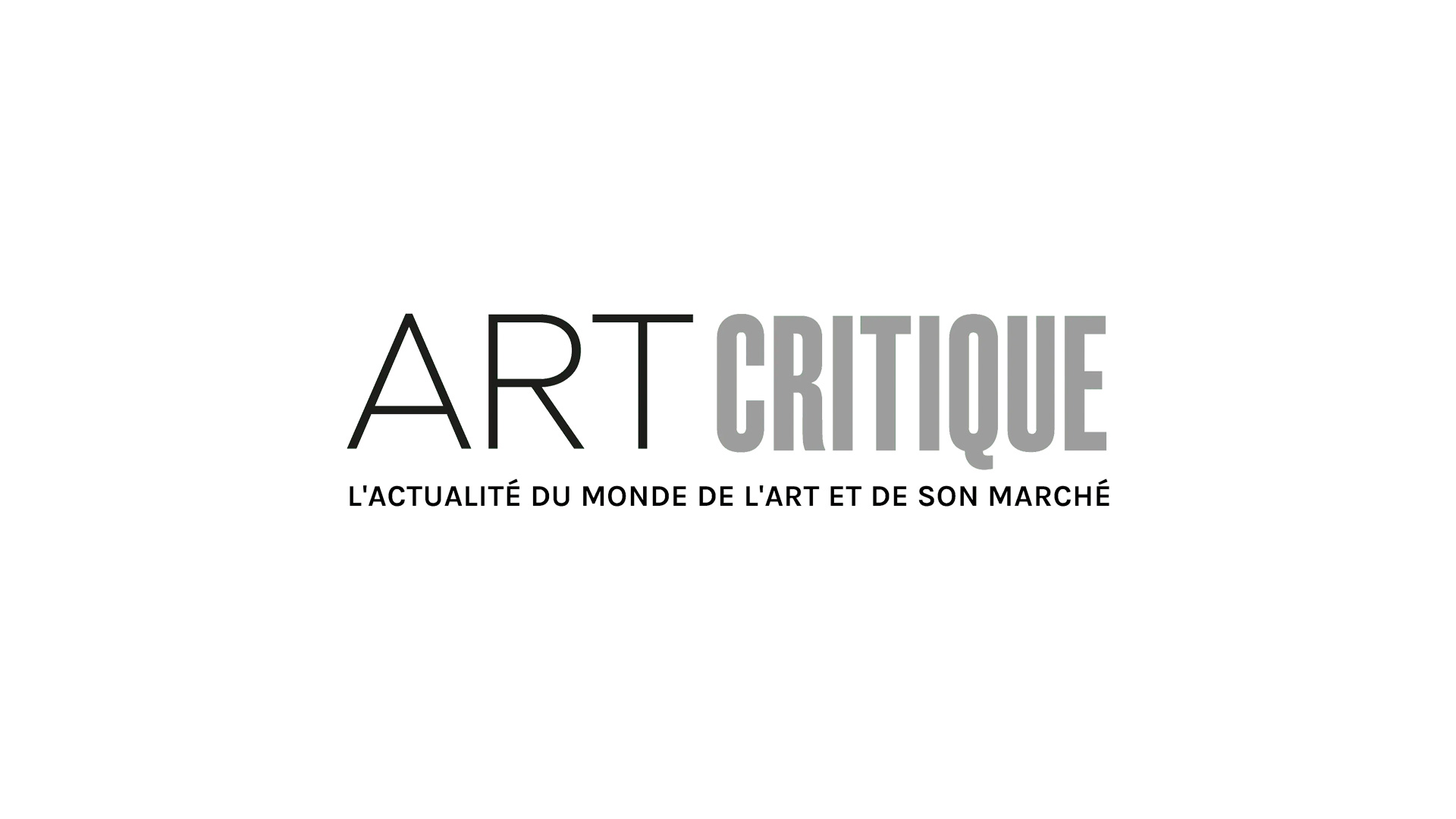Spanish Artist Julio Anaya Cabanding challenges the meaning of Western masterpieces by presenting them as displaced trompe l’oeil reproductions in urban spaces. The artist leaves the comfort of his studio to create ephemeral works in abandoned locations; this intentional act alters the traditional artwork’s integral relationship with viewers and the museum. How do art spaces affect a visitor’s perception of the work hanging before them? Cabanding’s painting interventions and photographic documentation question preconceptions of the value of classical works by removing them from the white wall to areas on the fringe – places where they may not be seen at all or only encountered by chance.

Julio Anaya Cabanding was born in 1987 in Malaga, Spain. At the early age of six, his parents took him to a drawing academy where he drew and painted until he was twelve. After a brief study of geography, he continued his studies of the Fine Arts at the University of Málaga, where he earned his degree in 2018. Shortly after graduation, Cabanding has not only prepared for upcoming fairs and international exhibitions but is also busy with a waitlist of collectors who discovered his paintings through Instagram. The artist is currently in residence at La Térmica cultural center in Málaga.

Cabanding explains his choice to reproduce iconic paintings in his artist statement: “I am interested in resorting to these paintings because they are icons of the pictorial tradition and considered works of art that any person, with more or less knowledge of the art world, accepts and identifies as art in capital letters, associated with the great museums and institutions.” He uses street walls and scraps of cardboard to frame the famous artworks. The artist not only pays homage to the masterpiece he chooses but also democratizes them by bringing them into the public sphere.
Cabanding described his process of appropriation and displacement in a recent interview with Young Space: “I like the idea of ‘stealing’ a painting and putting it in another place, a desolate place, that you never relate to it because it does not belong to that world. I like to create that conflict.” Although many street artists conceive works in the heat of the moment, Cabanding often visits the spaces before carrying out his painting interventions and spends several hours creating one piece; the hyper-realistic frames alone can take six hours to paint.
For the artist, the photographic documentation is as necessary as the interventions themselves because it gives the temporary works lasting meaning. A fundamental, final step the in the creation process, photography is described by Cabanding: “The story closes with this gesture: the painting of a painting, which may no longer exist.” Moreover, the photograph further removes the viewer from contemplating or experiencing that reproduced artwork. Instead, it asks participants to consider the trompe l’oeil artwork in its derelict environment and how it affects their perception of the work. The documentation may also prompt the viewer to think about the act of painting the “stolen image.”

The artist’s most recent show, “UNSTOLEN,” is on view at Tales of Art Galleria d’arte in Imola, Italy. The exhibition, curated by Sasha Bogojev, provides an overview of Cabanding’s public works through photographs as well as original interventions painted on the walls of the gallery. According to Bogojev’s description, the exhibition also includes “a whole new series of studio works created exclusively for this exhibition. Including the iconic works by Da Vinci, Van Gogh, Monet, Friederich, Camprobin, or Vuillard, his studio pieces are painted on found cardboard which was primed through a custom developed process making it rigid and time resistant.” Visitors can experience Cabanding’s ability to turn colors into sound and art into music at “UNSTOLEN” until June 9th.
Photographs courtesy of the artist.





